I. Введение
In the world of tea, packaging plays a pivotal role. It’s not just about aesthetics or marketing—though they’re certainly important—it’s about preserving the delicate flavors, aromas, and quality of the tea leaves. Most importantly, when it comes to tea bags, the material used can directly affect the taste and brewing process. In this article, we are going to embark on a journey exploring the ten most commonly used materials for tea bag packaging. We’ll delve into their advantages, disadvantages, and unique characteristics.
II. The Art and Science of Tea Bag Packaging
Tea bag packaging is both an art and a science. The science lies in selecting materials that can both protect the tea and withstand the brewing process. The art lies in creating packaging that not only looks appealing but also enhances the overall tea-drinking experience.
Packaging machines play a crucial role in this process. They’re responsible for everything from weighing the tea, filling the bags, sealing them, and even adding the string and tag. With various packaging machines available, like the Pyramid Tea Bag Packing Machine or the Упаковочная машина для капельного кофе, manufacturers can choose the one that best suits their needs and the specific characteristics of their chosen packaging material.
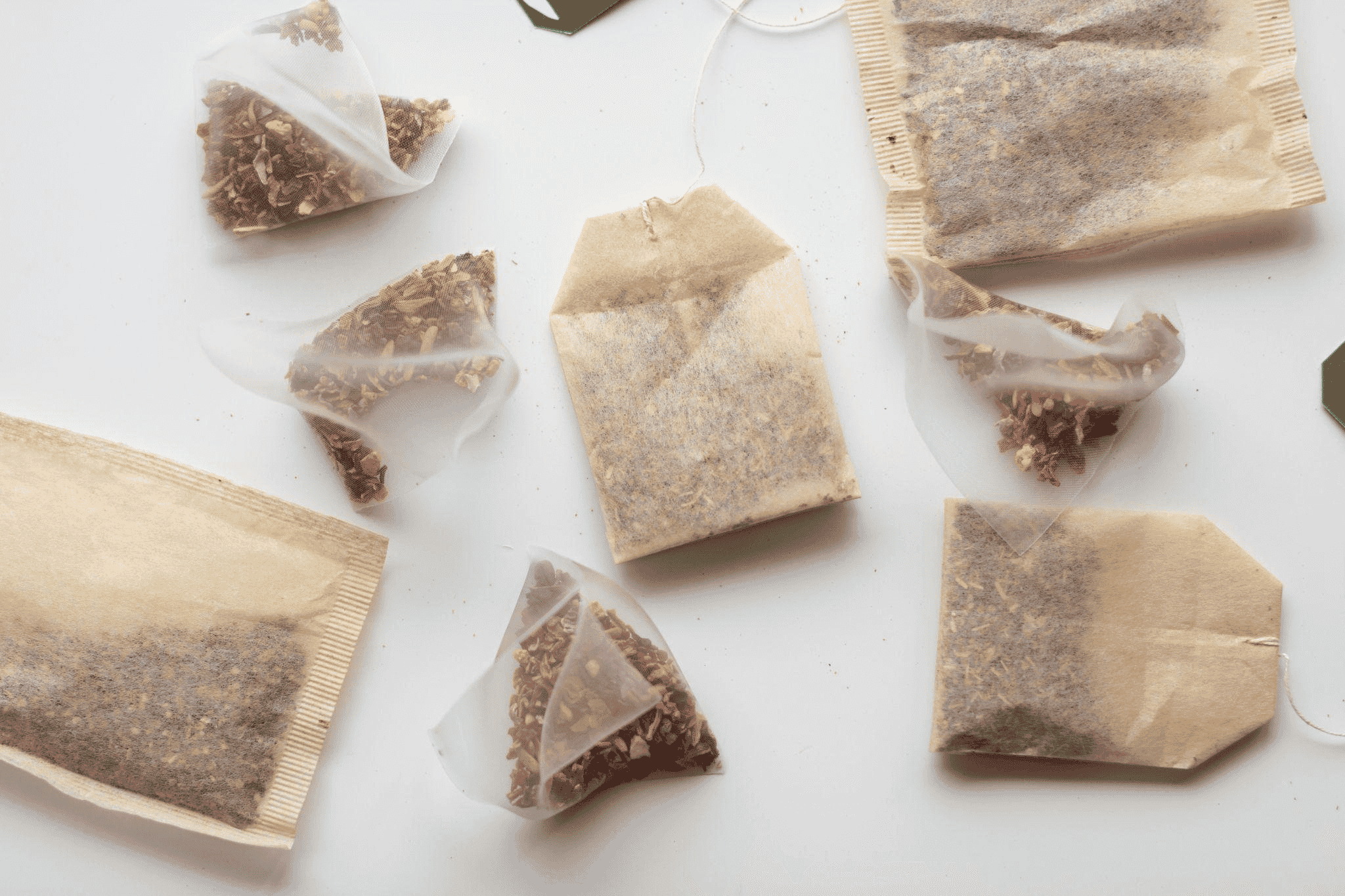
III. Dive into the Materials: The Ten Most Used for Tea Bag Packaging
In the following sections, we will explore the ten most commonly used materials for tea bag packaging. Each material has its own unique set of properties that make it suitable for holding tea leaves, affecting factors such as permeability, taste interference, and environmental impact. Whether you’re a tea producer, a packaging enthusiast, or a curious tea drinker, understanding these materials can provide valuable insights into the everyday tea bag. Let’s dive in!
1. Paper
Paper is one of the oldest materials used for tea bag packaging. It’s made from natural fibers that are tightly woven to create a semi-permeable surface.
Преимущества: Paper is inexpensive, easy to print on, and allows for decent water flow during brewing. Its natural composition doesn’t interfere with the tea’s taste.
Недостатки: Paper bags are typically not suitable for loose leaf teas, as the holes in the paper can allow small particles to escape. They also lack the durability of other materials and can break or tear easily if mishandled.
Types of Paper Used: Abaca hemp, a type of banana plant from the Philippines, is often mixed with heat-sealable fibers to create tea bags.
2. Silk
Silk is seen in higher-end tea products for its luxe appeal. It’s smooth to the touch and visibly pleasing, often used for pyramid-shaped bags.
Преимущества: Silk allows excellent water flow, which can result in a better infusion of the tea. It’s also strong and flexible, allowing for a variety of bag shapes.
Недостатки: Silk is more expensive than most other materials and isn’t biodegradable, which may be a concern for eco-conscious consumers.
Types of Silk Used: Most “silk” tea bags are actually made from a type of plastic called PET or nylon, both of which have similar properties to silk.
3. Nylon
Nylon is a synthetic material that has become popular for tea bags due to its durability and versatility.
Преимущества: Nylon doesn’t easily rip or tear, and it can be heat-sealed, which is beneficial in the manufacturing process. It also doesn’t have an aftertaste.
Недостатки: The main downside to nylon is that it isn’t biodegradable or compostable. There are also concerns about whether it can leach chemicals when exposed to boiling water.
Types of Nylon Used: Various types of food-grade nylon are used for tea bags. These are designed to withstand high temperatures without breaking down or releasing harmful substances.
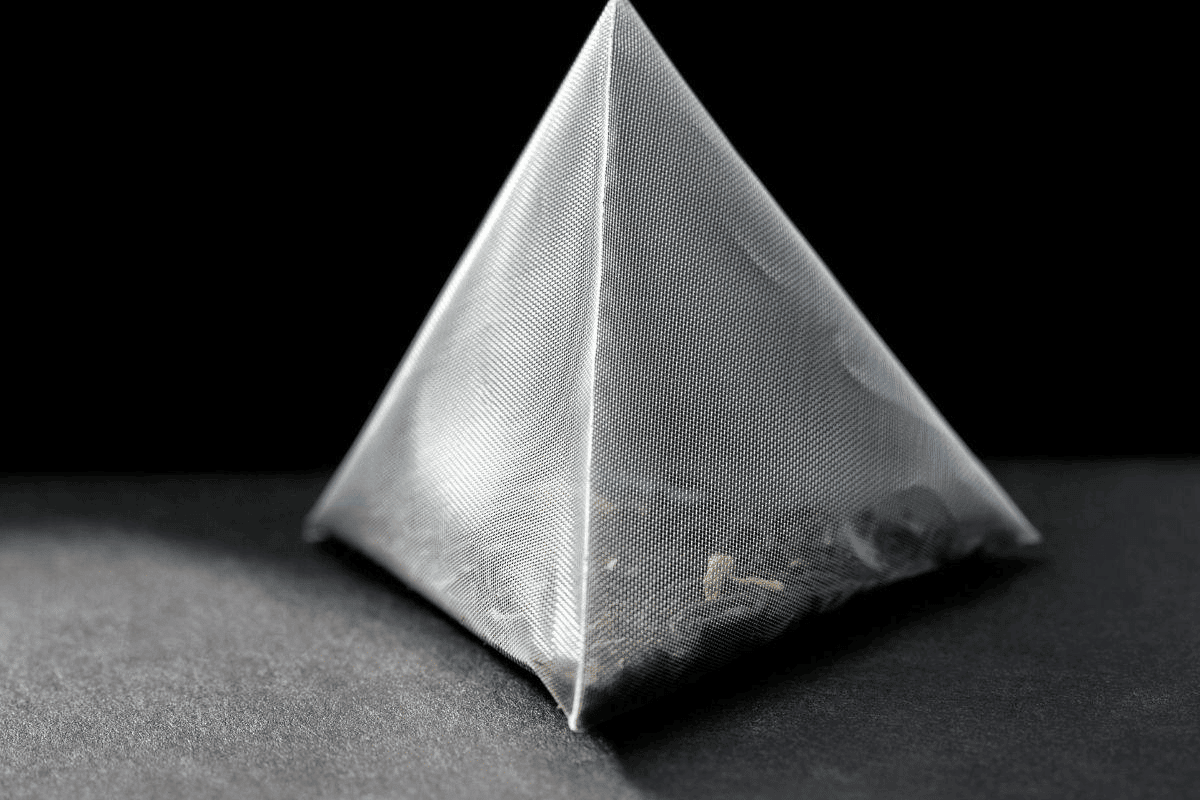
4. Soilon
Soilon is a biodegradable material made from corn starch. It is often used as a more eco-friendly alternative to nylon for pyramid tea bags.
Преимущества: Soilon is biodegradable and compostable, making it a great choice for brands aiming for eco-friendly packaging. It’s also heat-sealable and allows for excellent water flow, similar to nylon or silk.
Недостатки: Soilon is more expensive than many other tea bag materials. It also requires careful storage to prevent moisture absorption, which can affect its strength and durability.
Types of Soilon Used: Soilon comes in a variety of types, but for tea bags, a fine mesh designed to keep even the smallest tea particles inside the bag is commonly used.
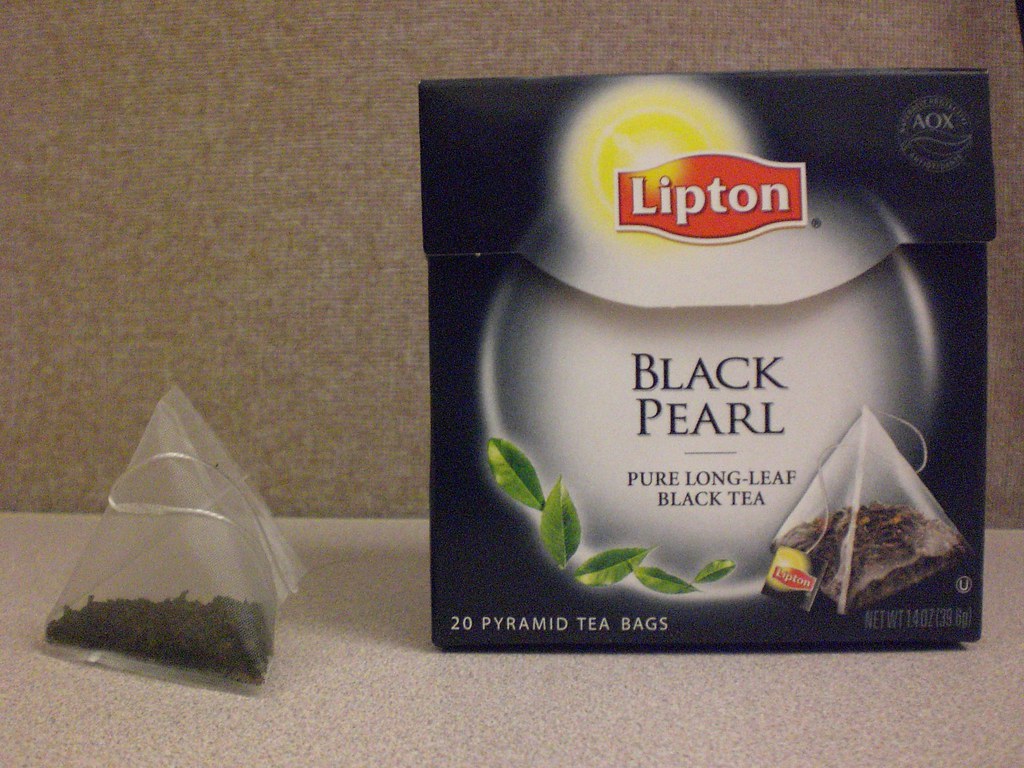
5. Non-Woven Fabrics
Non-woven fabrics are created from fibers that are bonded together through various processes, resulting in a fabric-like material.
Преимущества: Non-woven fabrics are generally inexpensive and easy to work with. They can be heat-sealed and are available in a variety of textures and thicknesses.
Недостатки: The quality and safety of non-woven fabrics can vary widely, so it’s important to choose a reputable supplier. They’re also not typically biodegradable.
Types of Non-Woven Fabrics Used: Polypropylene is a common type of non-woven fabric used for tea bags.
6. Cotton
Cotton is a natural material that’s used in some specialty tea bags.
Преимущества: Cotton is biodegradable and compostable. It’s also heat-resistant and doesn’t contribute any additional flavors to the tea.
Недостатки: Cotton is more expensive than many other materials and can’t be heat-sealed, so it requires a different type of production process.
Types of Cotton Used: Organic cotton is often used for tea bags to ensure that no pesticide residues come into contact with the tea.
7. Muslin
Muslin, a loosely-woven cotton fabric, has been used for centuries for tea bag packaging, particularly for larger bags used in teapots.
Преимущества: Muslin is a natural, biodegradable material that does not impart any taste to the tea. It allows for good water flow, ensuring a good brew.
Недостатки: Muslin bags often need to be sealed with a drawstring or a knot, which can be labor-intensive. They are also more permeable than some other materials, allowing small tea particles to escape.
Types of Muslin Used: Unbleached muslin is typically used for tea bags to avoid any potential contamination from the bleaching process.
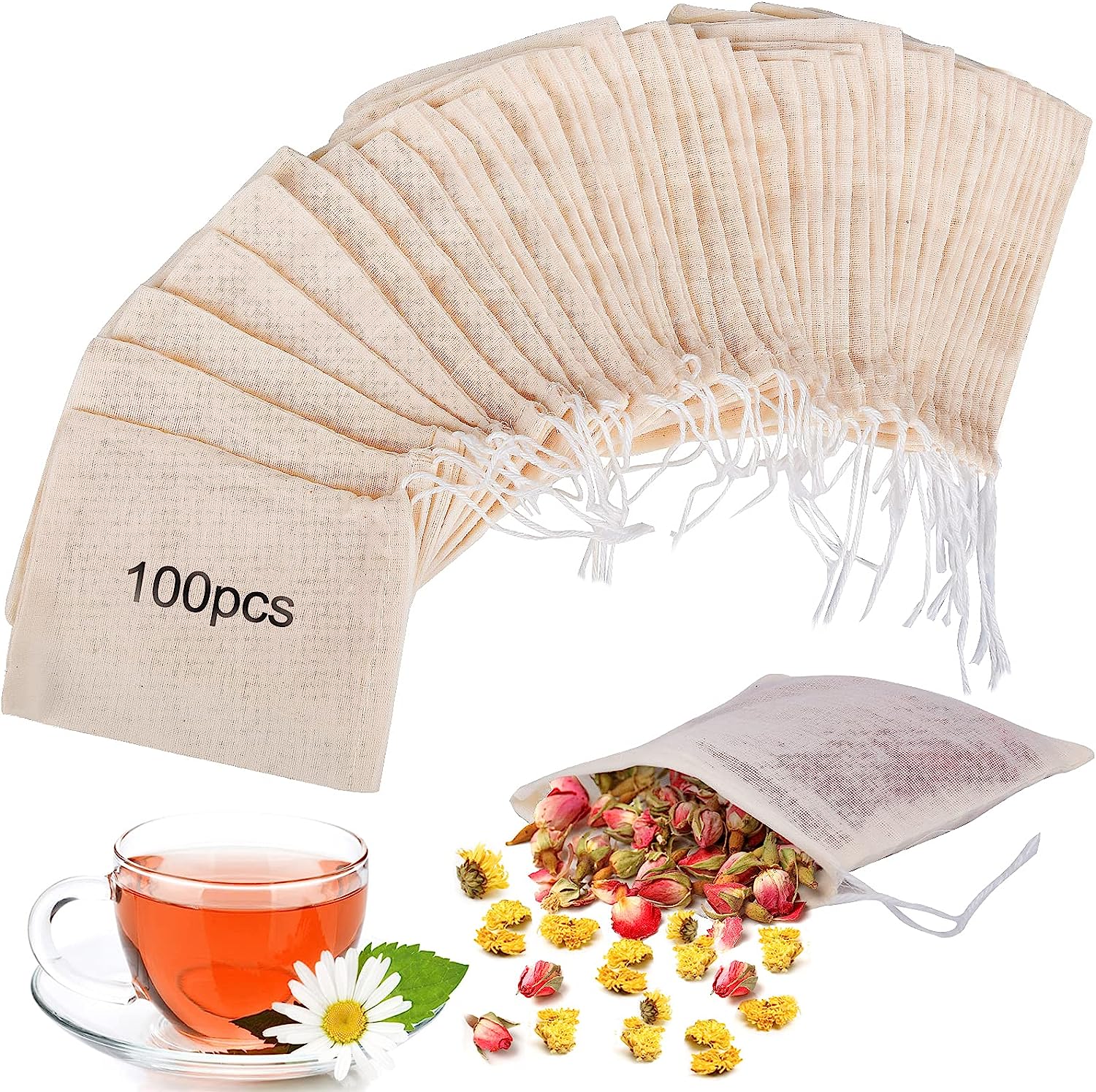
8. Polypropylene
Polypropylene is a type of plastic that’s commonly used as a sealant in paper tea bags.
Преимущества: Polypropylene is inexpensive and can be heat-sealed, making it a cost-effective choice for many tea manufacturers.
Недостатки: It’s not biodegradable and there have been concerns about potential health risks associated with plastic materials when exposed to hot water.
Types of Polypropylene Used: A thin layer of polypropylene is often used on paper tea bags to allow them to be sealed shut.
9. PLA (Polylactic Acid)
PLA is a biodegradable plastic that’s made from renewable resources like corn starch or sugar cane.
Преимущества: PLA is biodegradable and can be heat-sealed. It’s a good option for brands that want the convenience of plastic but are concerned about sustainability.
Недостатки: PLA is more expensive than traditional plastics and it requires specific conditions to biodegrade effectively.
Types of PLA Used: Various types of PLA, often in the form of a mesh, are used for tea bags.
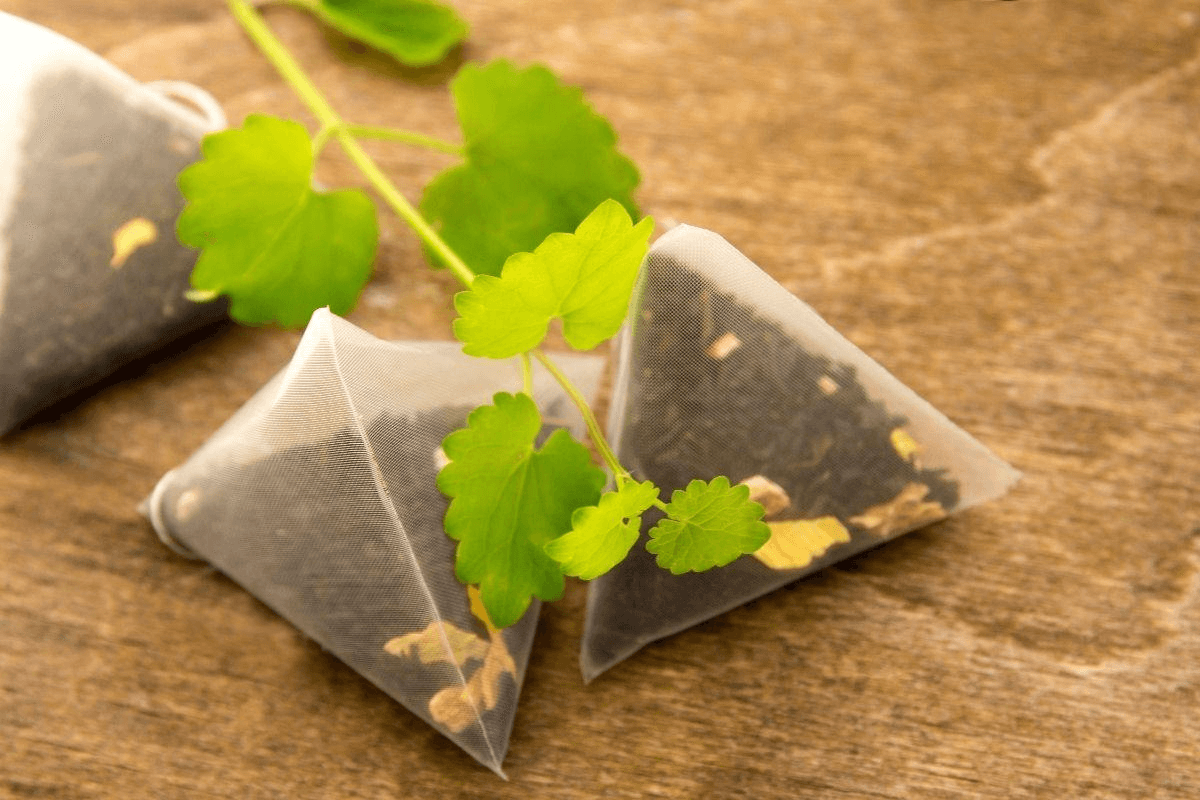
10. Hemp
Hemp is a strong, durable material that’s starting to be used more frequently in tea bag production.
Преимущества: Hemp is a natural, biodegradable material that’s resistant to pests and requires little water to grow, making it a sustainable choice.
Недостатки: Hemp is more expensive than many other materials and can’t be heat-sealed. It also has a distinctive smell that can potentially alter the taste of the tea.
Types of Hemp Used: Organic, unbleached hemp is typically used for tea bags to ensure it’s free from any harmful chemicals.
IV. Comparison and Selection: Choosing the Right Material for Your Tea Bag Packaging
To help you better understand the different materials used for tea bag packaging, here is a comparison chart that outlines their key characteristics:
| Material | Biodegradable | Heat-Sealable | Cost (Low/Medium/High) | Taste Interference (None/Low/High) |
|---|---|---|---|---|
| Paper | Yes | Yes | Низкий | None |
| Silk | No | No | Высокий | None |
| Nylon | No | Yes | Medium | None |
| Soilon | Yes | Yes | Высокий | None |
| Non-Woven Fabrics | No | Yes | Низкий | None |
| Cotton | Yes | No | Высокий | None |
| Muslin | Yes | No | Medium | None |
| Polypropylene | No | Yes | Низкий | None |
| PLA | Yes | Yes | Высокий | None |
| Hemp | Yes | No | Высокий | Низкий |
Choosing the right material for your tea bag packaging depends on several factors such as cost, the importance of biodegradability, the ability to heat-seal the bags, and potential taste interference.
Stay tuned for the next section where we explore the future trends of tea bag packaging materials and the impact of sustainability in packaging choices.
V. Looking Ahead: Future Trends in Tea Bag Packaging
In the dynamic world of tea packaging, change is the only constant. As consumer awareness about environmental issues grows, so does the demand for sustainable, eco-friendly packaging solutions. Here are some trends to watch for:
Biodegradable Materials
With the increasing focus on environmental sustainability, the use of biodegradable materials for tea bags is on the rise. Materials like Soilon, PLA, and hemp are gaining popularity. These materials decompose naturally, leaving no trace behind.
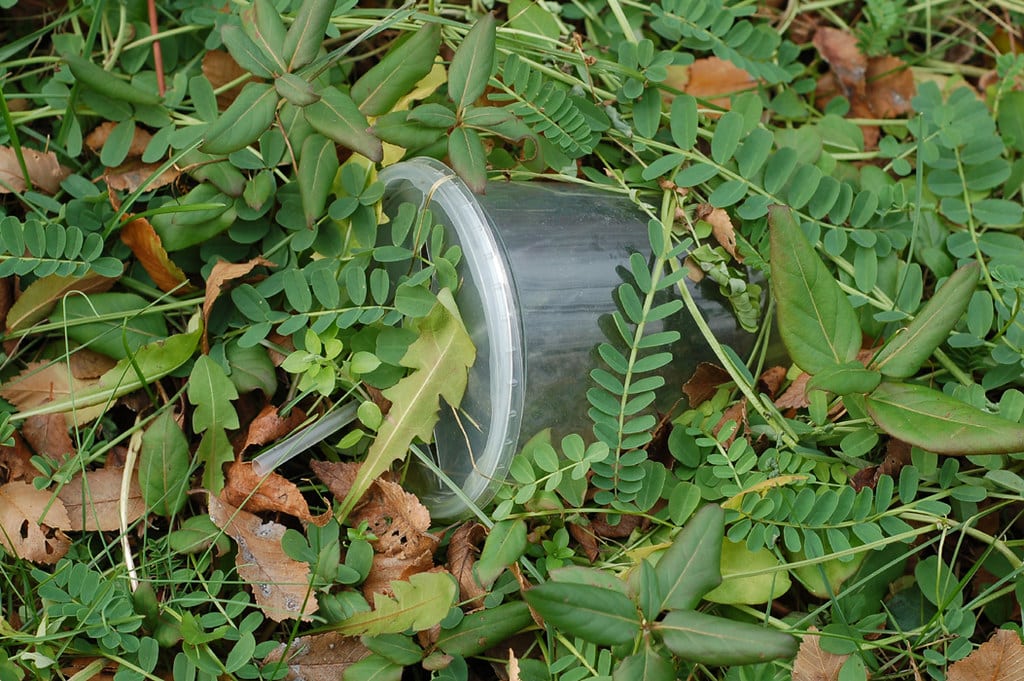
Plastic-Free Tea Bags
Plastic has long been a go-to material in the food and beverage industry due to its versatility and cost-effectiveness. However, with growing concerns about its environmental impact and potential health risks, more and more tea companies are moving towards completely plastic-free tea bags.
Innovations in Packaging Machines
As the materials used for tea bags evolve, so do the machines that package them. Packaging machines are becoming more sophisticated, capable of handling a wider range of materials and producing a variety of bag shapes. For example, the Упаковочная машина для капельного кофе can handle heat-sealable filter paper, non-woven fabric, and biodegradable materials, offering versatility in packaging options.
Focus on Transparency
Consumers today want to know what’s in their products—and that includes the packaging. There is a growing demand for transparency about the materials used in tea bags, leading to more detailed labeling and increased communication from brands about their packaging choices.
As we look to the future, one thing is clear: the tea bag packaging industry is ripe for innovation, with ample opportunities for brands to differentiate themselves through their choice of materials and commitment to sustainability.
VI. Conclusion
The world of tea bag packaging is as diverse and complex as the world of tea itself. From the traditional use of paper to the innovative application of biodegradable materials like Soilon and PLA, there are numerous options available to manufacturers. Each material brings its own set of properties, offering varying degrees of strength, permeability, cost-effectiveness, and environmental impact.
The choice of material can significantly influence the tea-drinking experience, affecting not just the taste and aroma of the brew, but also the consumer’s perception of the brand. As consumers become more aware and demanding of eco-friendly practices, tea companies are presented with the challenge – and the opportunity – to align their packaging choices with their sustainability goals.
In this journey of exploration, we have delved into the ten most commonly used materials for tea bag packaging. But the exploration doesn’t end here. With ongoing research and development, the list of materials is set to grow and evolve, shaping the future of the tea industry in the process.
VII. FAQs
1. Why is the material of the tea bag important? The material of the tea bag directly impacts the quality of the brew. It affects the flow of water and the infusion of the tea leaves, and in some cases, it may even impart a taste to the tea. The material also plays a role in the tea’s freshness and shelf life.
2. What is the most eco-friendly material for tea bags? Biodegradable materials like Soilon, PLA, and hemp are considered eco-friendly as they decompose naturally without leaving any harmful residue. However, the environmental impact also depends on the manufacturing and disposal processes.
3. Do all tea bag materials work with all types of tea? Not necessarily. The choice of material depends on various factors like the size of the tea leaves, the desired brewing time, and the cost considerations. For instance, fine cut tea works well with paper, while whole leaf tea might require a more permeable material like silk or nylon.
4. Can the material of the tea bag affect the taste of the tea? Yes, some materials can potentially affect the taste of the tea, especially if they are chemically treated or if they have a strong natural flavor, like hemp.
5. Are plastic tea bags safe? While most plastic tea bags are made from food-grade plastics designed to withstand heat, there have been concerns about the potential leaching of microplastics into the brew. If this is a concern, consider using tea bags made from paper or biodegradable materials.

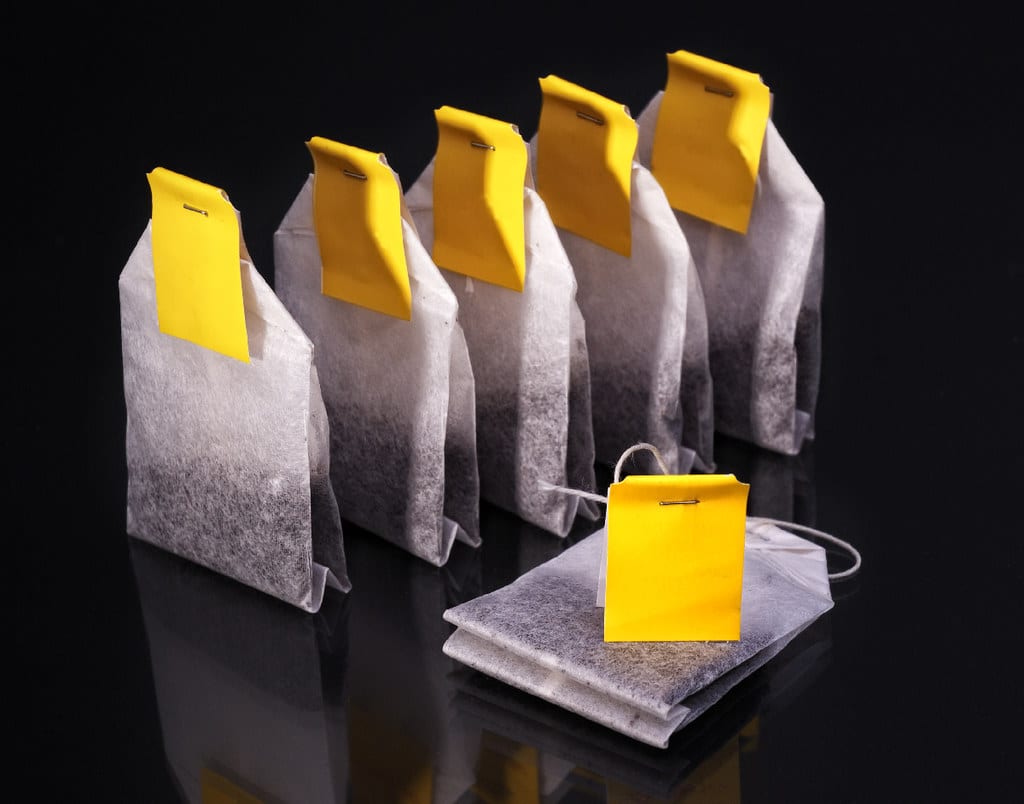
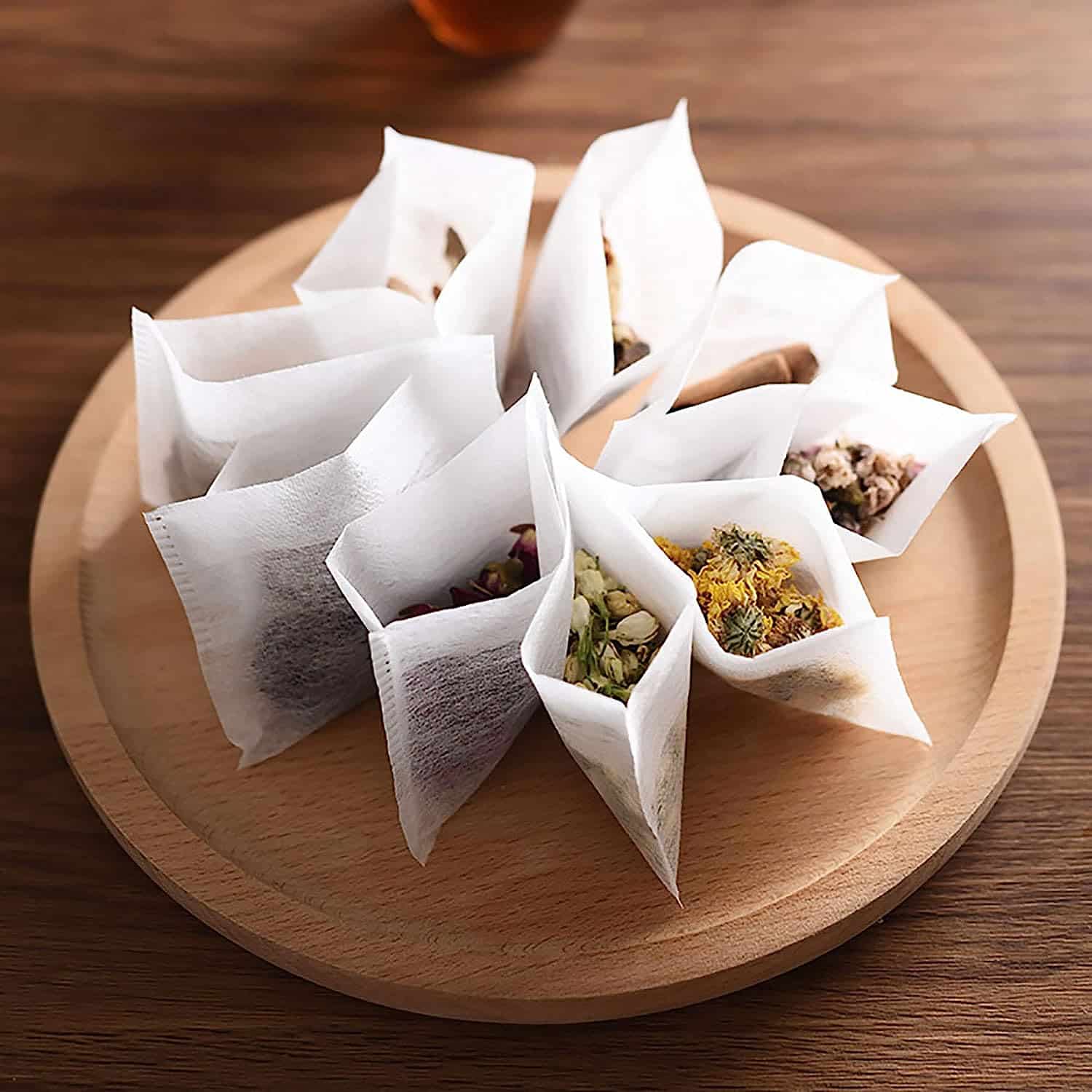
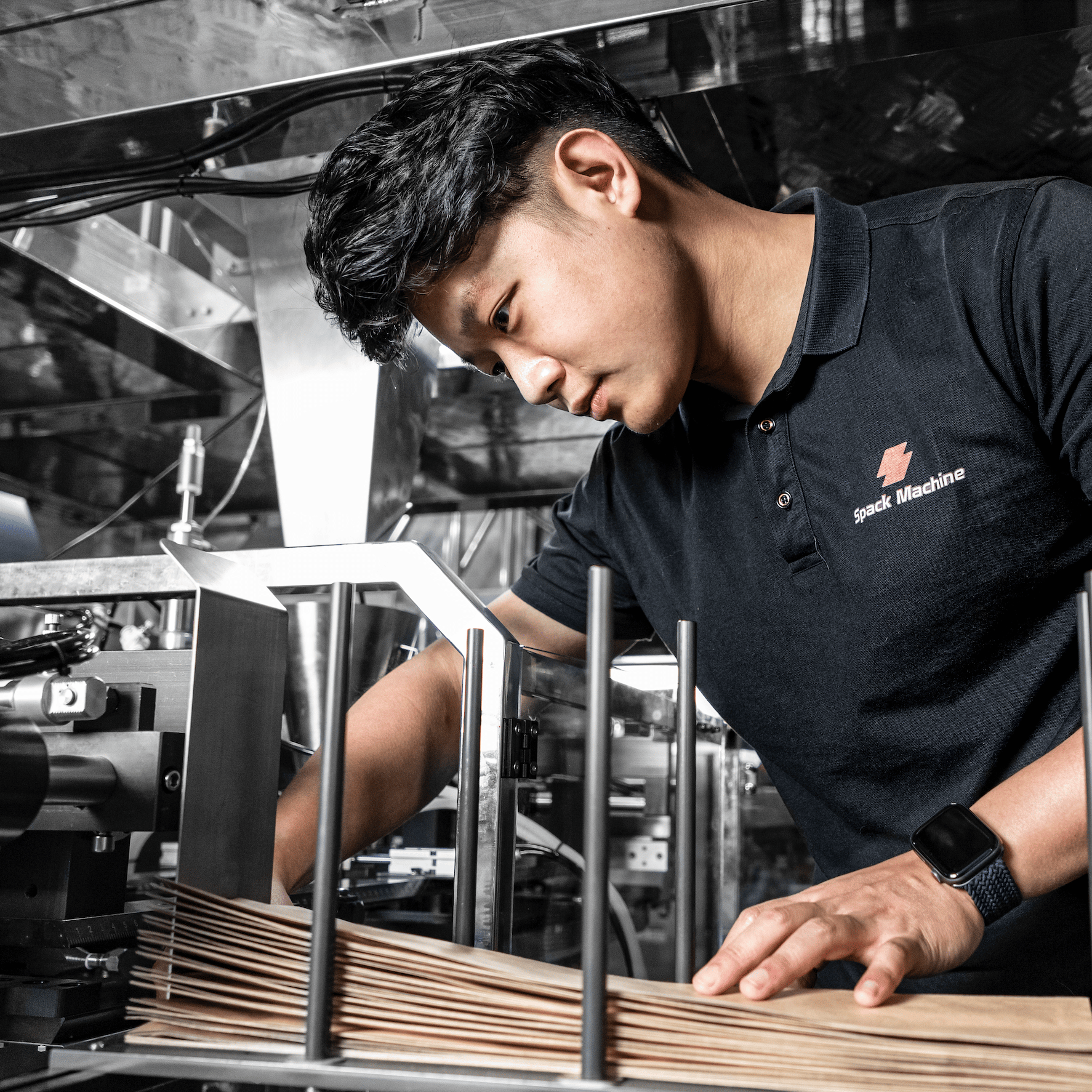
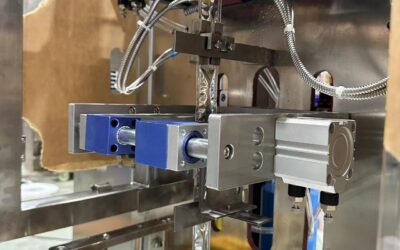
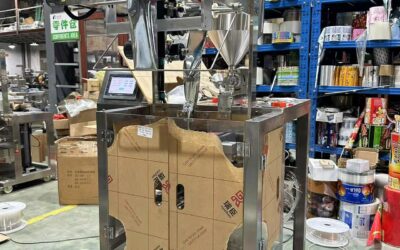
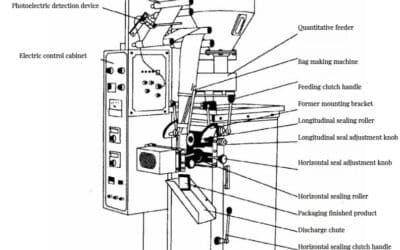
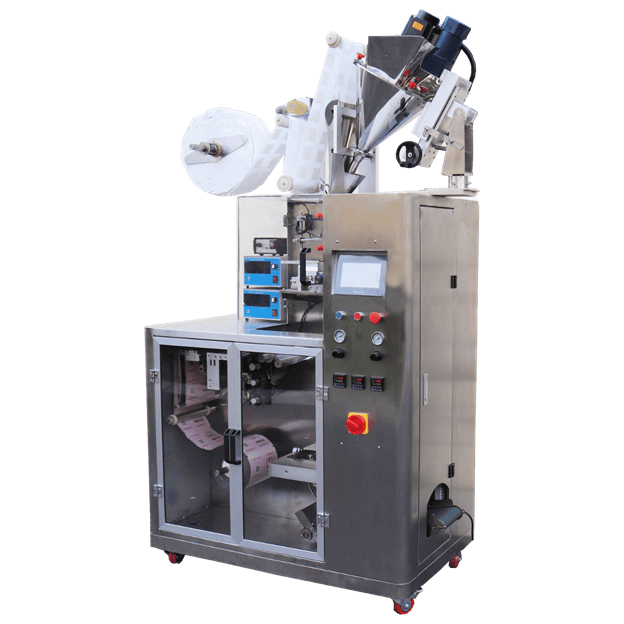
0 Комментариев